Brother Tim Sucher, OFM, has loved Nativity scenes since he was a small child. Now he has amassed a collection of over 100 crèches from all over the world.
At this time of year, Nativity scenes are not hard to find, whether they be a live Nativity—with sheep, donkeys, and goats—or a small set displayed at home. Around the world, these representations of Jesus’ birth go by many names, including nacimientos in Mexico, presepios in Italy, and a multitude of variations that reflect their culture of origin. The word crèche comes from Old French and means “crib” or “manger.” However, crèche and Nativity scene have essentially become interchangeable in everyday use.
The whole notion of Nativity scenes dates back to 1223, when a certain Poor Man of Assisi sought to place the focus of Christmas celebrations squarely on the birth of Jesus, not on material things. Nativities quickly became popular across Italy and beyond, and by the time a century had passed from the original Nativity scene at Greccio, nearly every Italian Catholic church featured one during Christmastime.
Over time, the popularity of crèches grew and spread throughout Europe and, eventually, the Americas, Africa, and Asia. Over time, people began displaying smaller Nativity scenes in their homes, typically placing them on mantels or at the base of the family Christmas tree. The materials used in a crèche often reveal much about the culture where it was created.
Wherever a crèche comes from and whatever the backstory, they all have a common denominator: celebrating the birth of Christ. The following images come from the annual display of Nativity scenes at St. Francis Seraph Church in Cincinnati, Ohio, an event coordinated by Brother Tim Sucher, OFM. Brother Tim’s growing collection is a testament to both their popularity and, more importantly, the hope and excitement we share as we celebrate the arrival of the Messiah.
A Lifelong Love of Crèches
The fascination with Nativity scenes begins for many early on in life, as witnessed by Brother Tim Sucher, OFM, who has collected around 100 crèches over the years. Some are scenes that he purchased, while others are gifts from parishioners and others wishing to add to the festive array. But it all started with one Nativity set (shown on page 28), which he and his brother saved up for and purchased when he was only 3 years old. With his mother in the hospital at the time, Brother Tim and his brother spent the holidays with their grandmother, whose own Nativity set inspired them to find one to add to the family collection.
“The appeal of crèches is very much alive,” Brother Tim says. “One woman told me that the reason she brought her daughters [to see the display] was so that they could know the true meaning of Christmas before they went shopping. I believe people are looking for meaning and a sense of peace, especially during the hectic holiday season.” Celebrating the birth of a child is an aspect of Nativity scenes that all can relate to, says Brother Tim, including visitors from non-Christian backgrounds. “This joy is enhanced when the child that is born is our Lord and Savior Jesus,” he says.
Rooted in St. Francis’ first celebration nearly 800 years ago, Nativities continue to inspire and remind Brother Tim of the connection between crèches and the Franciscan charism. “At the center of St. Francis’ spirituality was the Incarnation, God becoming one of us,” Brother Tim explains. “As a result of this, all of creation experienced the love and mercy of God. All of creation was elevated to a new reality, in that, through Jesus, the entire created world reflects the love, mercy, and majesty of God. This is at the heart of Franciscanism.” It also happens to be at the heart of the Christmas season.
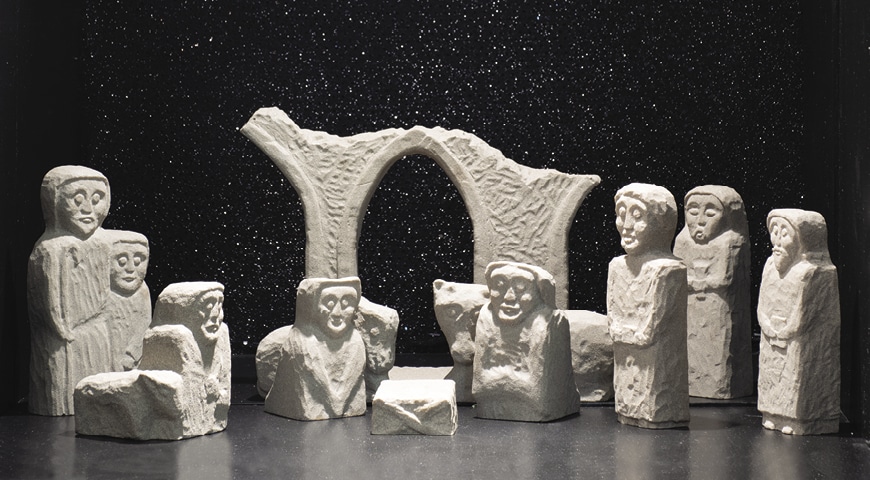
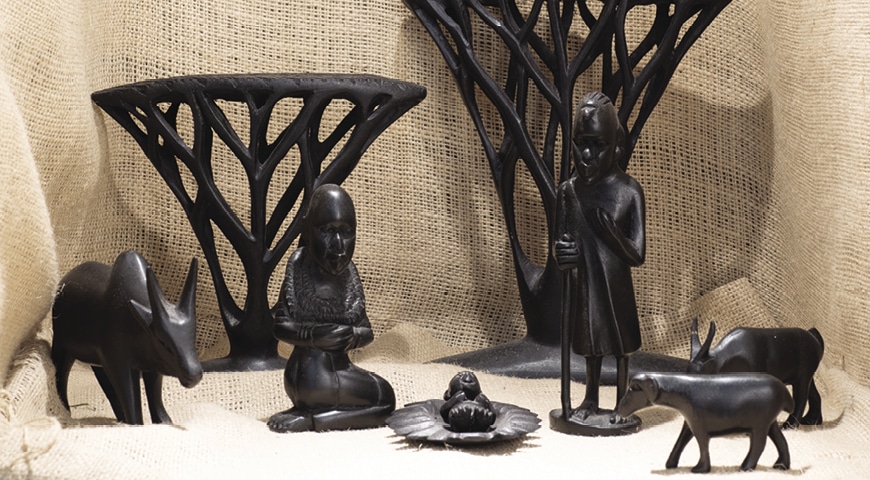
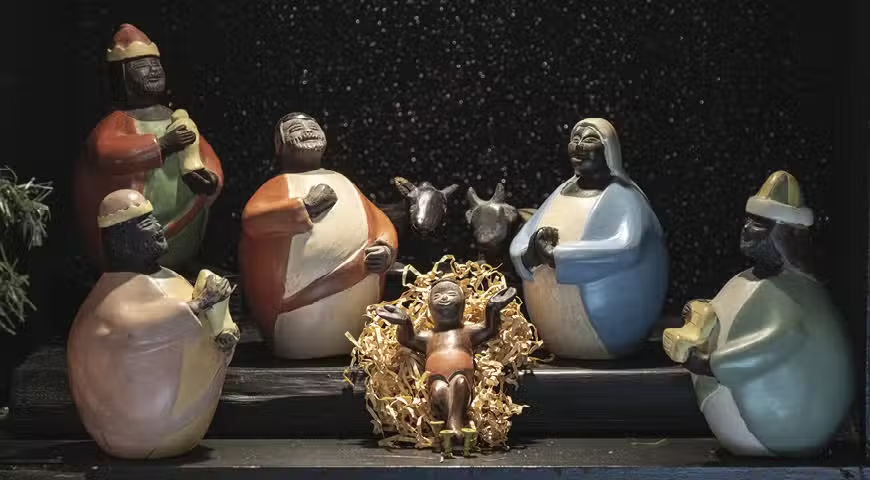
Photography by Tracie Maglosky


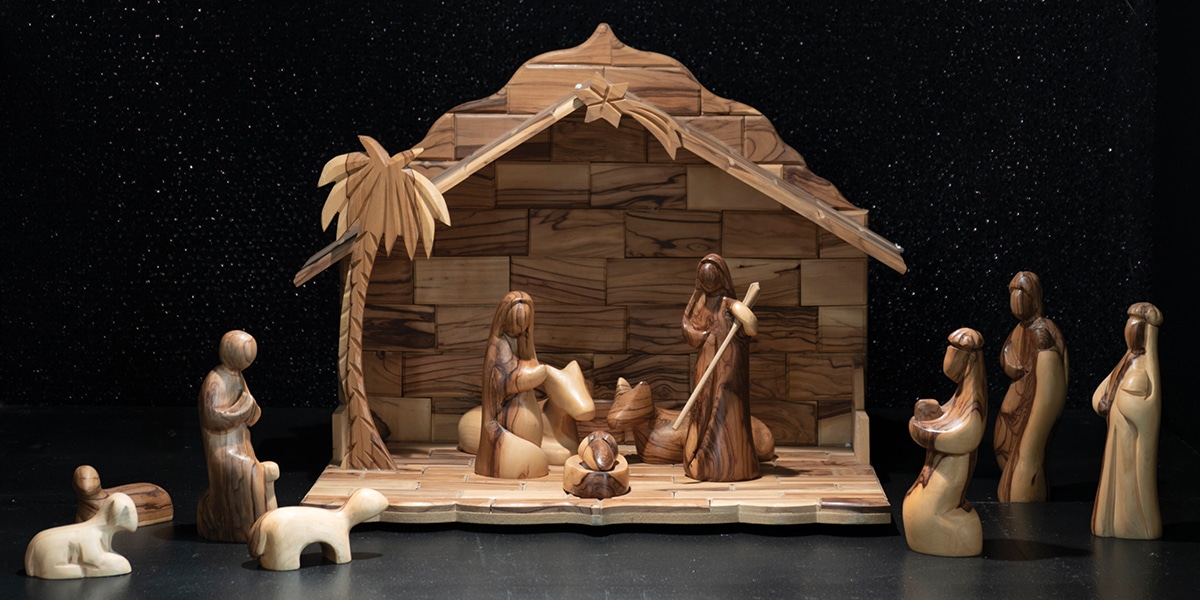

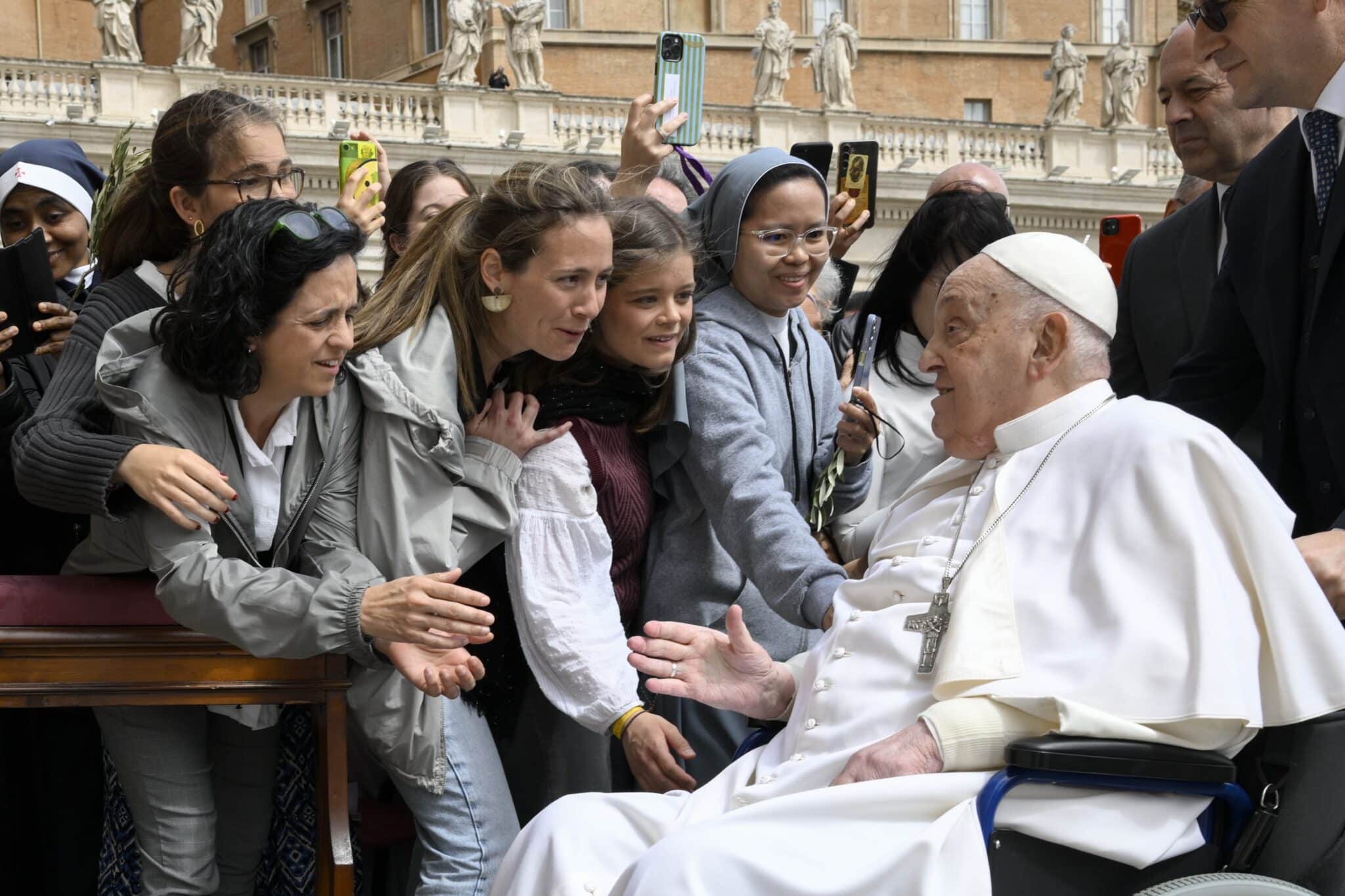


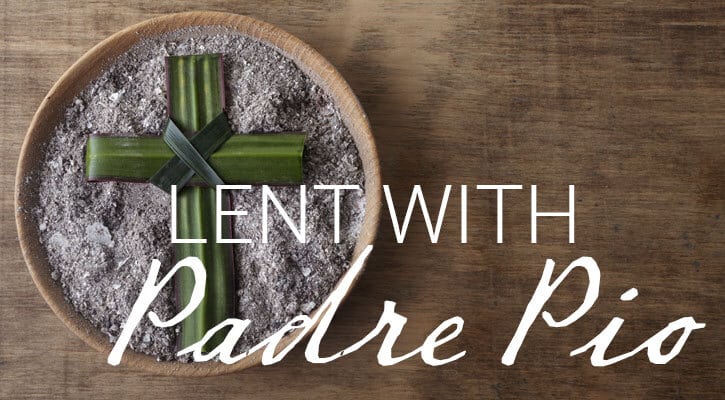
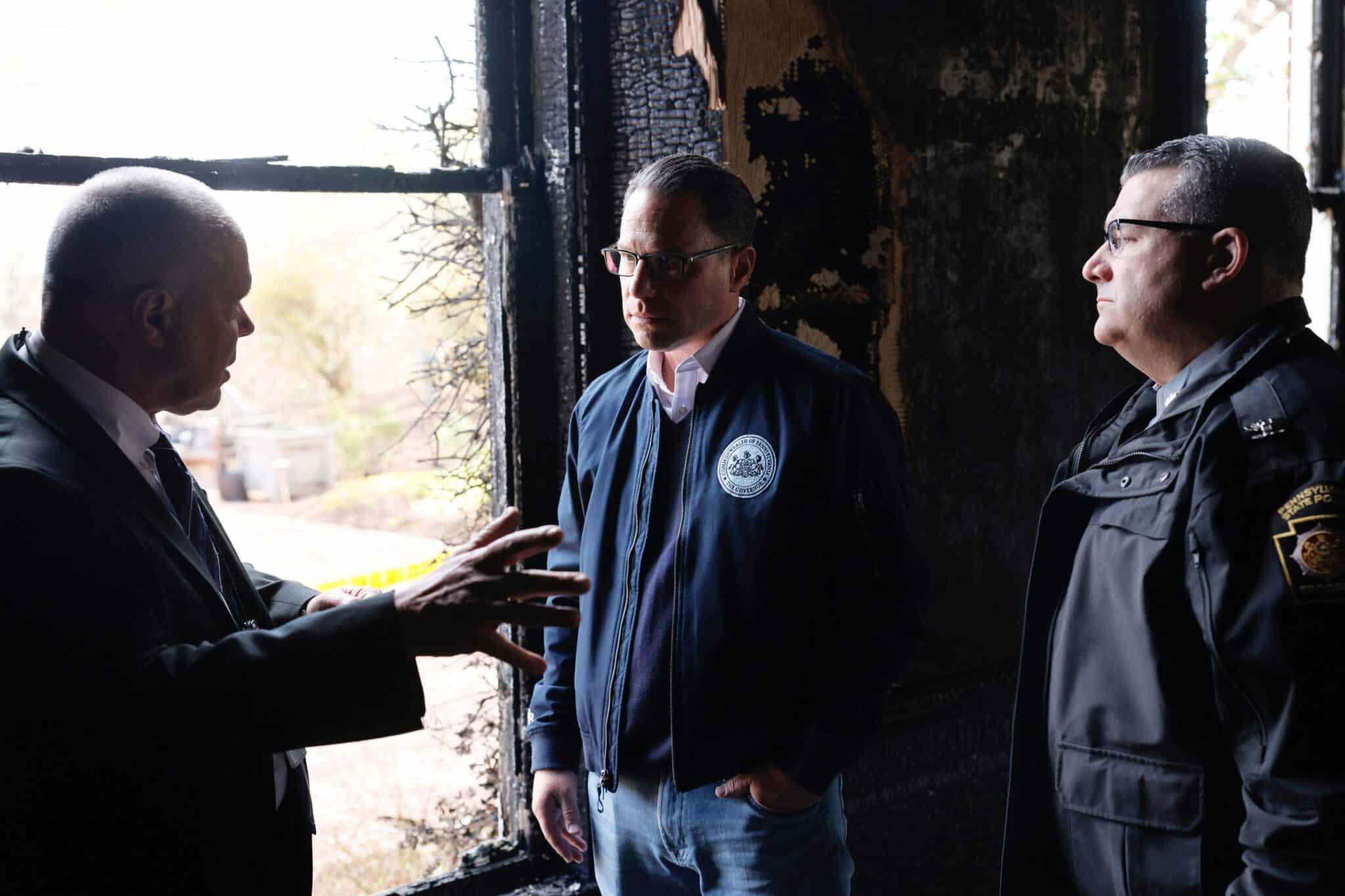
2 thoughts on “Crèches from around the Globe ”
Please don’t miss this display. The advent wreath is remarkable. Brother Tim is a blessing to meet. I wasn’t expecting the other holiday decor which is very pretty and artfully displayed.
Yes, I can imagine all at once the loveliness of earth at Advent Season and throughout Christmastide. Thanks to all priests and religious and the faithful and devout who bring us their own creches to put a note of holiness on the festivities of the world.